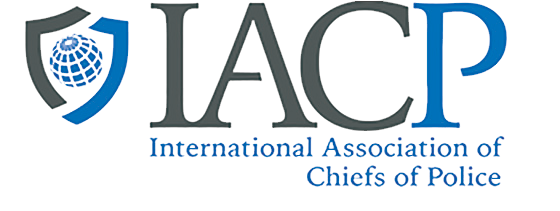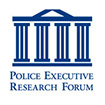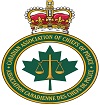Commonly Used Terms
Cyber crime is rapidly evolving, as is the terminology used to describe it. The following are commonly used terms that relate to cyber crime.
Back door: A way to access an electronic system by bypassing some or all security mechanisms.
Blog: An online journal. Contraction of the term “web log.”
Bot: A software robot that performs automated tasks.
Browser: A program used to access the Internet. Commonly used browsers include Internet Explorer, Google Chrome, and Mozilla Firefox.
Cookie: An information packet sent from a website to a web browser that records a user’s activity on that website.
Cyber bullying: The act of one individual harassing or intimidating another individual via the Internet.
Denial-of-Service (DoS) attack: A coordinated attack that aims to overwhelm the resources of a targeted system to crash that system.
Domain name: A unique Internet identifier registered to an entity (e.g. whitehouse.gov).
Email header: The opening section of an electronic message that provides information about the sender, recipients, subject, and the date and time a message was sent.
Firewall: Hardware and/or software designed to prevent unauthorized users from accessing a computer system.
Global Positioning System (GPS): A satellite navigation system that identifies the precise location of the transmitting device.
Hacktivism: A politically- or ideologically-motivated cyber attack or hack.
Internet Protocol (IP) address: A unique 32-bit binary number that identifies the computer or other host being used to access the Internet.
Internet Service Provider (ISP): A company that offers access to the Internet.
Login: A username and password used to identify an individual attempting to gain access to a restricted page or network.
Malware: Malicious software, such as a virus or a worm, that attacks a target computer.
Metadata: Amassed data that is used to describe large amounts of other Internet data.
Network: A group of computers that is linked to share data and other information.
Operating system: The overarching program that runs all the functions on a computer or other electronic device.
Password: A word, phrase, or collection of characters that must be entered correctly on a login page to access content in a restricted area. Administrators may require passwords be a certain length, include capital letters, numbers, or special characters, or be changed after a set length of time.
Phishing: Attempting to mimic an official email from a trusted organization to lure individuals into revealing login information or other personal information.
Search engine: A website that finds information across the Internet based on a set of search criteria.
Spam: Unsolicited advertising or other information sent out via email or other messaging service.
System administrator: An individual who manages and oversees a network.
Trojan: A program that masks something harmful, such as a worm or virus, that it carries into a device.
Webcam: A camera connected to a computer, generally used to then stream videos to the Internet.
Wireless hotspot: A location where individuals can connect to the Internet wirelessly. This may be in a larger area in a public space or a small space created by a cell phone.





